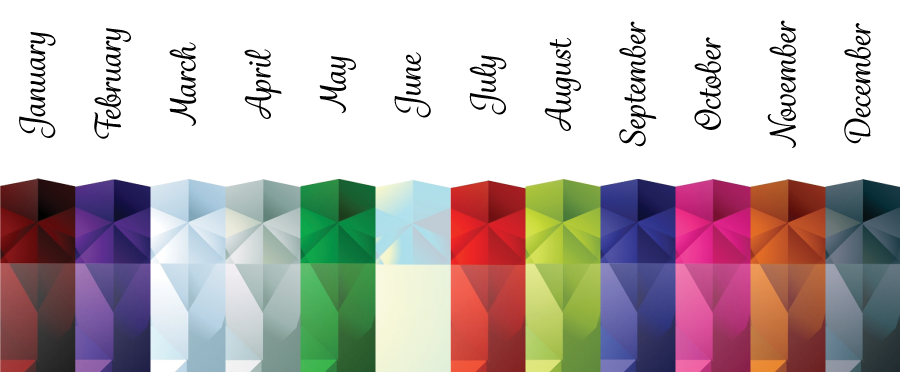Have you ever wondered why most people know what their birthstone is? Part of the reason is because many people still enjoy the folklore associated with the tradition of the birthstone.
There are countless legends and myths about birthstones. Some believe a birthstone brings the wearer good luck and protection, others believe the jewel contains healing powers, and still others simply like the way it expresses the month they were born.
A little bit of history
While the history of birthstones isn’t entirely clear, the practice of wearing specific jewels each month is believed to date back to the breastplate of Aaron in the Old Testament. His breastplate contained twelve gemstones representing Israel’s twelve tribes.
In 1400 BC the Assyrians invested in rare and beautiful gemstones believed to have magical properties. Some minerals were thought to contain a force or possess certain values and powers. (For instance, amethyst was said to prevent intoxication.) These individuals believed the stones exhibited their greatest affects if the wearer owned all twelve and alternated them each month.
The power of color
Tradition associates a gem with each sign of the zodiac based on a color system. Color was thought to unleash the power attributed to that stone. In time, birthstones became associated with calendar months rather than the zodiac. And people began to select birthstones in colors other than the original. The current iteration of colors/gemstones dates back to 1912 with only one addition since then (Tanzanite was added to December). Below is the full list of birthstones. Click on individual months to learn more.
January – Garnet
June – Pearl and Alexandrite

